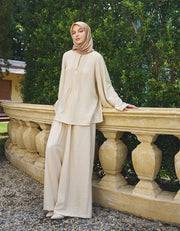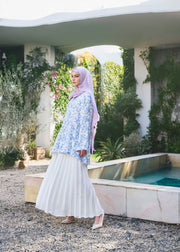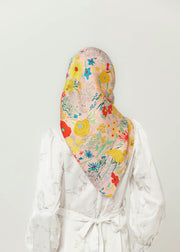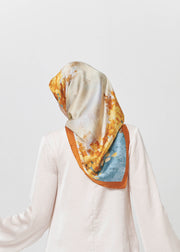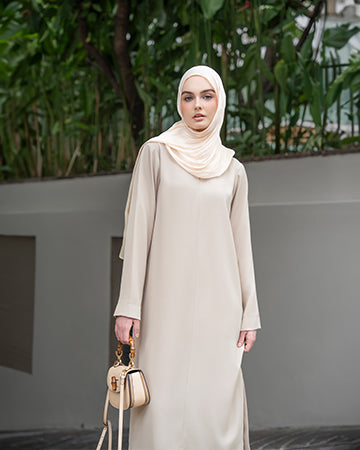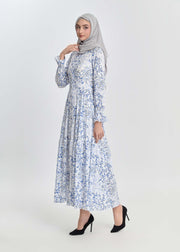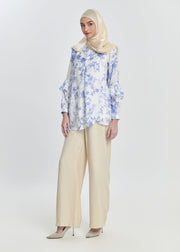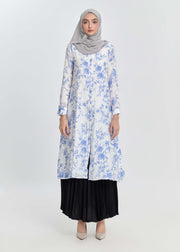The History and Cultural Significance of the Abaya in Islam
The Abaya in Islam is more than just a piece of clothing—it is a symbol of modesty, cultural identity, and religious expression. This long, flowing garment worn by many Muslim women has evolved over centuries and continues to hold deep meaning across Islamic societies. In this article, we explore its origins, evolution, and cultural importance.
Origins of the Abaya in Islam
The Abaya in Islam traces its roots back to the early days of Islamic civilization. It is believed to have emerged as part of the Islamic principles of modesty, or haya, referenced in the Quran and Hadith. While the Quran does not specifically name the abaya, it encourages both men and women to dress modestly, which laid the foundation for garments like the abaya.
Origins of the Abaya in Islam
Cultural Evolution of the Abaya in Islam
Over time, the Abaya in Islam has evolved in style and function. What began as a simple black cloak has developed into a diverse range of designs reflecting regional tastes, fashion trends, and personal preferences. In the Gulf countries, particularly Saudi Arabia and the UAE, abayas are often worn with intricate embroidery, luxurious fabrics, and modern tailoring.
Cultural Evolution of the Abaya in Islam
Symbolism and Spiritual Significance of the Abaya in Islam
The abaya in Islam is closely linked to the concept of modesty and spiritual consciousness. For many Muslim women, wearing an abaya is a personal and spiritual choice that reflects obedience to Islamic teachings. It also symbolizes dignity, privacy, and respect for oneself and others in public life.
Abaya in Islamic Culture Across Regions
While the abaya in Islam is most commonly associated with Arab countries, it is also embraced by Muslim women across the world—from Southeast Asia to Africa and Europe. Each region adapts the abaya to its own cultural context, making it a dynamic and living tradition within the broader Islamic culture.
Abaya in Islamic Culture Across Regions
Modern Interpretations of the Abaya in Islam
Today, the Abaya in Islam is experiencing a renaissance. Fashion designers are merging traditional modesty with contemporary fashion, creating elegant abayas that allow women to express their individuality while maintaining religious values. This blend of style and spirituality reflects the adaptability of Islamic clothing.
Modern Interpretations of the Abaya in Islam
Why the Abaya in Islam Remains Relevant
Despite changing fashion trends, the abaya in Islam continues to play an important role. It remains a visible expression of faith and cultural belonging in many Muslim communities. Its relevance endures not only because of religious significance but also because it allows for versatility, comfort, and elegance in daily life.
Conclusion
The abaya in Islam is more than a traditional garment—it is a symbol of modesty, culture, and faith that has stood the test of time. As Muslim women continue to adapt it to modern life, the abaya remains a meaningful representation of Islamic values in an ever-changing world.


